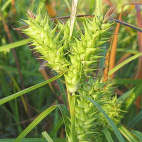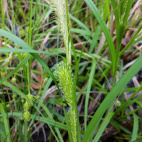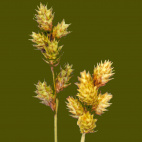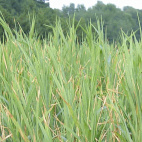Color
Availability
USDA Zone
Region
Type
Duration
Season
Germination
Soil
Sunlight
Height
Narrow Your Search
Color
Availability
USDA Zone
Region
Type
Duration
Season
Germination
Soil
Sunlight
Height
US Native Grass Seeds
The species on this page are not all technically classified as grasses, but the average gardener would probably call them "grass". Here you will find a variety of seeds of native grasses, sedges, reeds, and rushes. You might not think of grass as being as beautiful as flowers, but some of these wild grasses really are beautiful in their own way. Many of the native prairie grasses turn color in autumn, and the rusty bronze color of the stems adds a real fall aura to the planting. Winter birds benefit from the wild grass seeds, and small animals use the thick undergrowth for cover. The biomass of the grass is also the primary source for fuel when a prairie planting undergoes a planned burn.
-
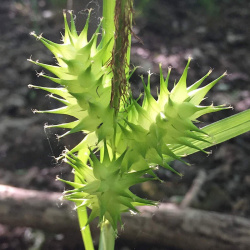 Common Hop Sedge Seeds
Carex lupulina
Often used in wetland restoration, this vigorous sedge grows large spiky heads on wide leaf blades. The seeds are a challenge to get out of the pods, but the birds seem to enjoy the challenge. This common hop sedge is a cool-season perennial that forms seeds early in the season and drops them in the summer.Quick Viewx
Common Hop Sedge Seeds
Carex lupulina
Often used in wetland restoration, this vigorous sedge grows large spiky heads on wide leaf blades. The seeds are a challenge to get out of the pods, but the birds seem to enjoy the challenge. This common hop sedge is a cool-season perennial that forms seeds early in the season and drops them in the summer.Quick ViewxCommon Hop Sedge Seeds
Carex lupulina
Often used in wetland restoration, this vigorous sedge grows large spiky heads on wide leaf blades. The seeds are a challenge to get out of the pods, but the birds seem to enjoy the challenge. This common hop sedge is a cool-season perennial that forms seeds early in the season and drops them in the summer.
$3.48 Pkt - $40.00 / Oz -
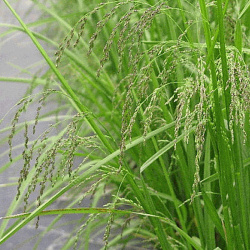 Fowl Manna Grass Seeds
Glyceria striata
As suggested by its name, the fowl manna grass seeds of this popular native plant are a natural food source for ducks, geese, and other domestic birds. In the wild, it prefers a little shade with wet soil, but can also be grown in average soil in full sun.Quick View$3.25 Pkt - $16.57 / Oz
Fowl Manna Grass Seeds
Glyceria striata
As suggested by its name, the fowl manna grass seeds of this popular native plant are a natural food source for ducks, geese, and other domestic birds. In the wild, it prefers a little shade with wet soil, but can also be grown in average soil in full sun.Quick View$3.25 Pkt - $16.57 / Oz -
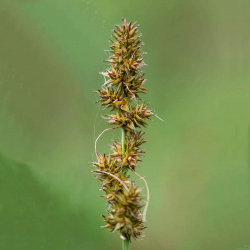 Fox Sedge Seeds
Carex stipata
Resembling fox tails, these bushy seed heads grow on graceful, arching foliage. This sedge is very flexible with the amount of light it needs and can grow in full sunlight, full shade, or anything in between.Quick Viewx
Fox Sedge Seeds
Carex stipata
Resembling fox tails, these bushy seed heads grow on graceful, arching foliage. This sedge is very flexible with the amount of light it needs and can grow in full sunlight, full shade, or anything in between.Quick ViewxFox Sedge Seeds
Carex stipata
Resembling fox tails, these bushy seed heads grow on graceful, arching foliage. This sedge is very flexible with the amount of light it needs and can grow in full sunlight, full shade, or anything in between.
$3.48 Pkt - $24.00 / Oz -
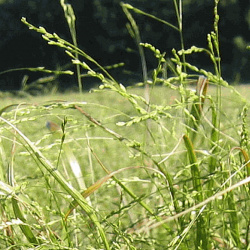 Nodding Fescue Seeds
Festuca obtusa
This native cool-season perennial has fine grass leaves that are bright green and develops fine seed heads that ripen to a yellow color in the summer. It prefers some shade but can tolerate full sun if given enough moisture.Quick View$3.48 Pkt - $48.00 / Oz
Nodding Fescue Seeds
Festuca obtusa
This native cool-season perennial has fine grass leaves that are bright green and develops fine seed heads that ripen to a yellow color in the summer. It prefers some shade but can tolerate full sun if given enough moisture.Quick View$3.48 Pkt - $48.00 / Oz -
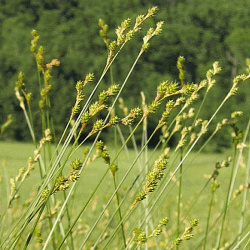 On Sale!
Plains Oval Sedge Seeds
Carex brevior
This highly adaptable sedge grows tufted bristly seed heads that form during the spring and mature in the summer. This native perennial does well in dry soils but can adapt to wet areas as well, so it is used in a wide variety of native seed mixes.Quick View$3.48 Pkt - $14.49 / Oz
On Sale!
Plains Oval Sedge Seeds
Carex brevior
This highly adaptable sedge grows tufted bristly seed heads that form during the spring and mature in the summer. This native perennial does well in dry soils but can adapt to wet areas as well, so it is used in a wide variety of native seed mixes.Quick View$3.48 Pkt - $14.49 / Oz -
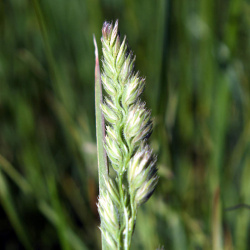 Upland Wild Timothy Seeds
Muhlenbergia racemosa
This native grass is not the same species that farmers use to make timothy hay. This perennial has soft leaves that do most of their growing the warm season of summer. It could be made into hay, but other species are better suited for that purpose.Quick View$3.48 Pkt - $32.00 / Oz
Upland Wild Timothy Seeds
Muhlenbergia racemosa
This native grass is not the same species that farmers use to make timothy hay. This perennial has soft leaves that do most of their growing the warm season of summer. It could be made into hay, but other species are better suited for that purpose.Quick View$3.48 Pkt - $32.00 / Oz
The species on this page are not all technically classified as grasses, but the average gardener would probably call them "grass". Here you will find a variety of seeds of native grasses, sedges, reeds, and rushes. You might not think of grass as being as beautiful as flowers, but some of these wild grasses really are beautiful in their own way. Many of the native prairie grasses turn color in autumn, and the rusty bronze color of the stems adds a real fall aura to the planting. Winter birds benefit from the wild grass seeds, and small animals use the thick undergrowth for cover. The biomass of the grass is also the primary source for fuel when a prairie planting undergoes a planned burn.



